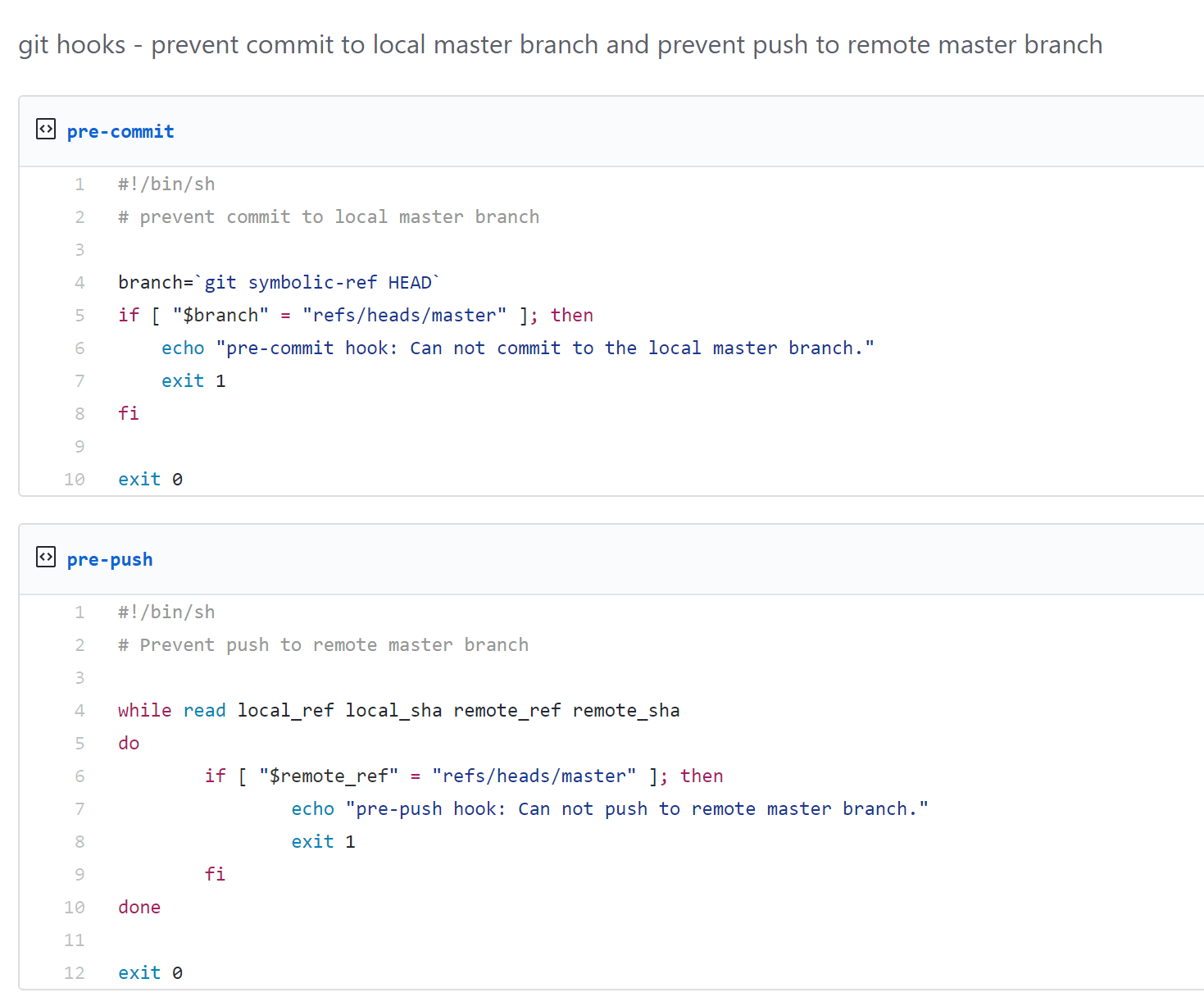

You can also go to the Synchronization view from Changes by choosing Sync immediately after making a commit.

In Team Explorer, select Home and then choose Sync to open Synchronization.

You can use Git features from either interface interchangeably. To use Team Explorer, uncheck Tools > Options > Preview Features > New Git user experience from the menu bar. Visual Studio 2019 version 16.8 and later versions provides a Git version control experience while maintaining the Team Explorer Git user interface. Visual Studio 2019 provides a Git version control experience by using the Git menu, Git Changes, and through context menus in Solution Explorer. Or, you can push your changes from the Git menu on the menu bar. To open the Git Repository window, select the outgoing / incoming link in the Git Changes window. Or, you can push your changes from the Git Repository window. In the Git Changes window, select the up-arrow push button to push your commit.

For more information, see the Visual Studio 2019 - Team Explorer tab. Visual Studio 2019 version 16.8 also offers the Team Explorer Git user interface. Visual Studio 2022 provides a Git version control experience by using the Git menu, Git Changes, and through context menus in Solution Explorer. For more information, see Connect to an Azure Repos Git repo and Connect to a GitHub repo. But if you created your local repo without cloning, you'll need to connect it to a hosted Git repo. If you cloned your local repo from a remote repo then they're already connected. If the pulled remote commits conflict with your local commits, try resolving those conflicts before pushing your changes.įor the Git push command to work, your local repo must be connected to a remote Git repo. To resolve this issue, you can pull to get the remote branch commits that aren't present in your local branch. If not, Git will prevent you from pushing new commits until you've updated your local branch. When you use the push command, Git checks whether your local branch is up to date with the remote branch. Visual Studio uses the push command when you choose to sync your work with a remote repo.įor an overview of the Git workflow, see Azure Repos Git tutorial.Īfter you've added one or more commits to a local branch, you can "push" the commits to a remote branch to share or back up your work. The Git push command uploads new commits from your local branch to the corresponding branch of a remote repo. You can share your work on a local Git repo branch by uploading your changes to a remote repo that others can access. You can simply run a plain git push or git pull without any further options! The tracking relationship saved the source/target branch and the exact remote so that it can be looked up in further interactions.Azure DevOps Services | Azure DevOps Server 2022 - Azure DevOps Server 2019 | TFS 2018 But here's a brief explanation: such a tracking relationship makes any future "push" and "pull" operations very easy.
#Git add remote to local branch how to
The article " How to Set Upstream Branch in Git" explains this in detail. Please mind the "-u" option: it establishes a "tracking relationship" between the existing local and the new remote branch. Now, with the correct local branch checked out, you can publish it on a remote repository - thereby "creating" it on that remote: $ git push -u origin (2) Push the Local Branch to the Remote Repository If such a local branch doesn't yet exist, you can easily create it: # To create a new local branch. If you already have such a local branch at hand, you can simply check it out: $ git checkout As already said, creating a remote branch actually starts on the opposite end: in your local Git repository! You need to make sure you have a local branch that represents a state you want to push to the remote.


 0 kommentar(er)
0 kommentar(er)
